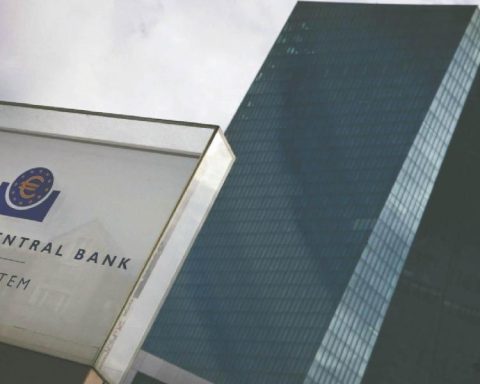What defines mortgage interest rates in Mexico?
According to Alejandro Saldaña, chief economist at Banco Bx+, mortgage interest rates in Mexico do not respond to the short-term rate determined by Banxico, but to the long-term rates, determined by the supply and demand of government bonds, since they are medium- and long-term rates.
According to Banxico, the average mortgage rate in the first quarter of 2024 was 11.5%. Specialists believe that the rate will drop towards 2025, but not beyond pre-pandemic levels, considering that, in the fourth quarter of 2019, that average rate was 10.2%.
The specialist pointed out that the rates at which such loans are granted also respond to issues of financial competition, intrinsic risks of the Mexican mortgage market and other factors.
“The Bank of Mexico influences short-term interest rates. Medium- and long-term interest rates do have an impact on expectations of monetary policy decisions, but they are also more affected by the inflation premium and other factors (…). They will not respond to the same extent as the Bank of Mexico adjusts short-term interest rates,” he explains.
Furthermore, there is a gap between the rates granted for consumer credit and those currently in use in medium and long-term curves.
“Given that there is still a considerable gap between the rates on loans granted and the government interest rate, consumer interest rates have not risen with the same force,” said Nadia Montes de Oca, senior portfolio manager at Franklin Templeton.
Few opportunities for credit restructuring
Analysts warn that mortgage rates may be higher in Mexico and less dynamic than in other countries.
“Historically, interest rates on consumer loans – personal, mortgage, automobile – are higher than in other countries such as the United States,” said Montes de Oca.
“We are likely to see (rates) continue this trend. We must consider that refinancing opportunities will be limited and at most will reach pre-pandemic levels,” he warned.
Long-term interest rate risks
Alejandro Saldaña foresees two risks going forward for interest rates, derived from inflation and the fiscal deficit in Mexico:
“The risk we see going forward for interest rates is that inflation will affect Banxico’s target and that the market will therefore begin to demand a higher inflation premium in the medium and long term.
“The other is that, in an environment of higher (fiscal) deficit, the issuance of federal government bonds will be greater and therefore this will generate a greater supply and greater pressure on medium and long-term rates,” he said.
















